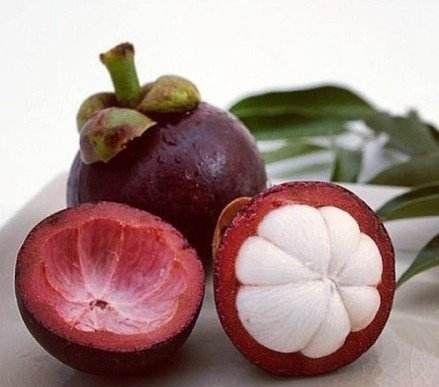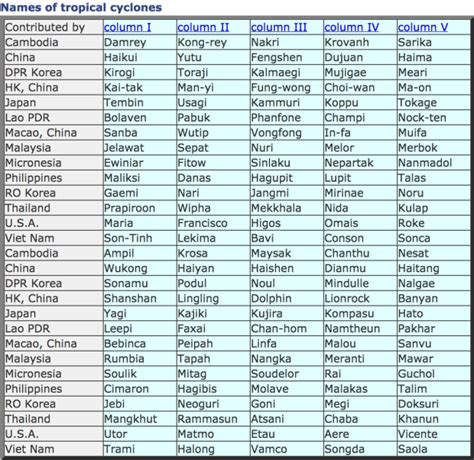Have you ever tasted a kind of unusual, delicious fruit — covered with a hard purple shell while the flesh inside is snowy white and tender, sweet and a bit sour? That is me, Mangkhut, “the Queen of Fruits”.

The fruit Mangkhut
Sorry? You think that I am lying? Well, in that case I guess you must have seen the news about “the King of Wind” — Typhoon Mangkhut. I wasn’t lying, but I have to admit that, after sharing with a typhoon, my name has two meanings now—the fruit Mangkhut and the Typhoon Mangkhut.
I was once confused by the fact that I, a lovely, mild and tasty fruit, would be linked to such a perilous, dire and destructive typhoon. But later on, hearing the news about my “siblings” like Typhoon “Tiange” and “Haiyan”, I suddenly caught on. That is, they hope for the best by choosing a fine name.
It is the peaceful and elegant connotations of a word that qualify it to be the name of a typhoon. Almost everything has a dual character: so do typhoons. On one hand, it may cause disaster; on the other hand, it relieves the stuffiness and drought. Consequently, people pin their hope on a good name that the pros of a typhoon could speak louder than the cons. Did I meet their expectations? Hope I did.
But things differed from the beginning. It is said that the first man who designated a typhoon was an Australian forecaster in the early 20th century. Funnily enough, he called the typhoon after a politician he disliked so that the forecasters could tease him publicly.
It set a precedent of naming a typhoon while arouse a bit chaos — people always argued over the names given to typhoons which alluded something else. Therefore, the World Meteorological Organization Typhoon Committee resolved that a new method of naming typhoons should be created. 140 names, divided up by 14 countries and areas which are often influenced by typhoons, contribute to a Typhoon Name Lists, used repeatedly year by year. These names could be easily pronounced without any ominous meanings. Mangkhut is just one of the names among the lists.

Name list of tropical cyclones
However, not all my family members are allowed to remain in history. If some of them lose control and bring catastrophes to the world, the country of the disaster area can apply for deleting this name forever to bury this miserable memory. In other words, this name only belongs to this very typhoon and will not be used ever again. As for the vacancy it leaves, the country or area which provided the name will recommend another to fill it.
Take the abandoned Rananim for example, in 2004 it caused about 20 billion yuan of economic loss, 164 deaths and 24 people missing in Zhejiang Province in China. Typhoon No.19 in 2005, just like its name Longwang, which means the God of rain in Chinese, what it did to Fujian Province in China was as powerful as a God’s punishment. “Longwang” is the first Chinse name that is left out of the name list for good. A special occasion is that if the name is the same as other tropical cyclones, the name will be deleted directly. Typhoon Vicente and a tropical cyclone from the Northeastern Pacific Ocean have the same name so Vincente was changed into Wayne. Anyway, compared with some of my infamous siblings, I think I was well-behaved, wasn’t I?

Typhoon Rananim hit China
The actual use of our names is up to the Japanese Meteorological Center. When it confirms a tropical cyclone in the Northwestern Pacific Ocean or the South China Sea as a tropical storm, they’ll give it a name according to the name list along with a four-digit number. The first two digits represent the year and the last two stand for the order. For example, the first typhoon in 2016 “Nepartak” is No.1601. Besides, as the rules state, names of tropical cyclones remain the same however the cyclone changes. The tropical storm and typhoon that the cyclone transforms into share the same name.
Our names come from common things in life, including bird names like Goni from South Korea; place names like Man-yi from Hongkong; horoscope names like Tembin from Japan, women’s names like Maria from the U.S; and fruit names like mine from Thailand and Higos from the U.S, which means fig in Chamorro.
Now I think you know, our names might sound “beautiful” or “elegant”, sometimes “delicious”, but they all follow certain rules and have interesting culture meanings. What’s behind them is peoples' wishes for safety and peaceful lives.

